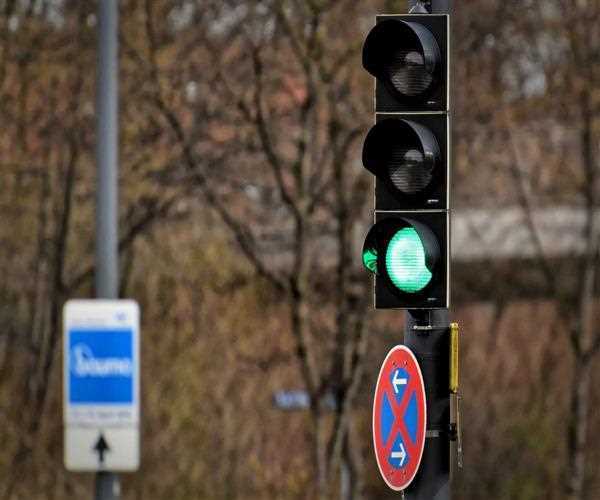We have all moaned at some point about ‘hitting every red light on route’. No matter where we are going, we normally want to be there as fast as possible and traffic lights can be seen as the demon that slows us down. But, actually, these signals are there to aid us with the safe flow of traffic — busy dual carriageways and roundabouts require traffic lights so we can avoid chaotic queues.
But, have you ever encountered faulty traffic signals? If so, you’ll know that this is not only a bigger drain on your valuable time but can also be a safety hazard. In some places, roads are closed off because of faulty signals posing such a threat to the public’s safety, while in others temporary lights are put in place.
Figures revealed that it’s a nationwide issue, too. Between 2010 and 2016 there were 120 road traffic accidents in Merseyside alone because of faulty traffic lights, with Surrey reporting over 140 car crash injuries during the same period for the same reason. Of course, there can be many reasons why signals fail, from a faulty electric connection to slugs — a trail left by the animal caused a short-circuit in the West Midlands, resulting in a teenager’s death — so it’s important to know how to deal with such a situation.
Here, we look at what to do when you encounter faulty traffic signals to make sure you are able to make informed decisions and are equipped to handle the situation in the safest way possible.
Stop
If you’re approaching a malfunctioning traffic light, it’s imperative that you come to a full stop the same way you would if it was a red light. Then, it’s important to follow the right-of-way laws. The Highway Code states that you should treat the situation in the same way you would an unmarked junction and proceed with great care. The will help to ensure both you and your fellow road users can carry on your journeys safely.
Use common sense
It may seem obvious, but it’s key to use your common sense in a situation like this. In an article on the BBC, Vince Yearly of the Institute of Advanced Motorists said: “It’s a tricky one because the absolute copper-bottom rule is that the red light must be obeyed. However, if you’ve been sitting there for a few minutes and it’s become fairly obvious the lights aren’t changing then you’ve got to reconsider.
“So, if you can see ahead of you quite clearly and ideally see the other set of lights or the back of them, I would lower my window a little to hear if there’s anything moving in your vicinity. Then put your lights on and very tentatively and cautiously start to make your way forward.”
While Yearly admits that it’s not a scientific answer, it’s been advised that you should wait at least four minutes before you opt to move forward.
Report it
If you did stumble upon faulty traffic signals, report them at the soonest safe opportunity. The reason these signals are in place are to stop traffic where it may not have originally stopped, so if they aren’t working, chances are that people won’t stop. This can be extremely dangerous, so it’s important that the those who take care of the roads know about any issues.
You can contact your local authorities to inform them about your discovering by telephone or online alternatives.
With so many cars on the road nowadays, of course such faults aren’t ideal and can really slow us down. However, following these steps will help to limit any disruption.




Leave Comment